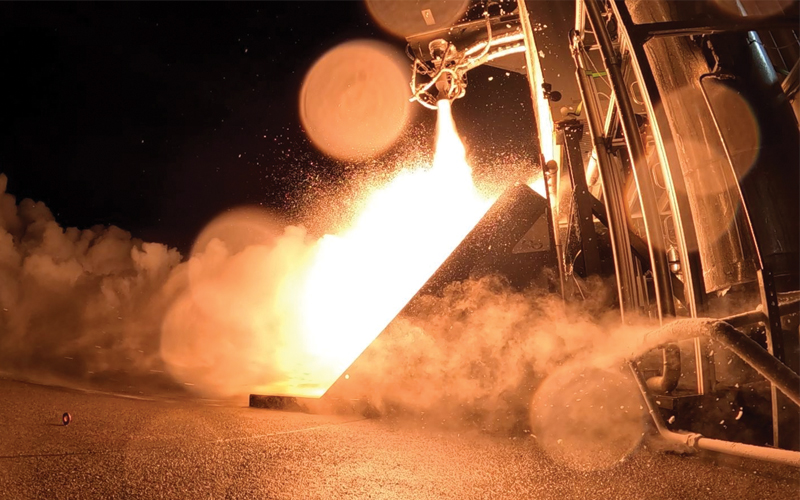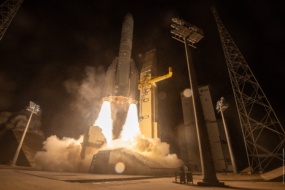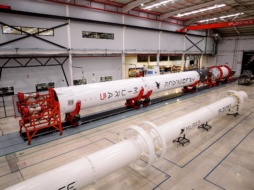French launch startup Latitude has completed the first hot fire test campaign of its Navier engine. The engine will power the company’s two-stage Zephyr launch vehicle.
Zephyr is designed to be capable of deploying 100 kg payloads to SSO at an altitude of 700 km. The vehicle’s first stage features nine Navier engines and the second a single vacuum-optimized Navier engine. Latitude is targeting a maiden flight of Zephyr in 2024.
The several-month-long test campaign was conducted at a disused airport on the island of Unst in the Shetlands, Scotland. It included several hot fire tests, the longest lasting for 35 seconds, which was the full duration the custom-built test bench could accommodate.
A challenging test campaign
In early 2022, Latitude had a complete engine ready for testing. The plan had initially been simple and, most importantly, cheap. However, as we all know, nothing in space is easy. The story so far:
- Latitude won a test campaign from CNES in July 2021 to use a test bench at ArianeGroup’s Vernon testing facilities.
- In early 2022, the company decided to build its own test bench to speed up the process.
- By mid-2022 it was clear that Latitude would not be able to perform its test campaign at Vernon.
- Latitude approached Saxavord, which offered an alternative site on the island of Unst on the grounds of a disused airport to set up its test bench.
- The new test bench shipped to the island on Sept. 30.
Stanislas Maximin, Latitude CEO, told Payload that the test bench cost more than the development of the engine it was built to test. The company closed its €10M Series A funding round in June 2022.
A hitch in the plans: According to Maximin, conditions on Unst were challenging. Wind speeds were extreme, it rained constantly, snow wasn’t out of the question, and on two separate occasions during the team’s three to four months on Unst, the entire island lost power and communication. Just before Christmas, the team test fired the engine for the first time and encountered a problem. This resulted in a frantic search for the one person on the island that could assist with modifying the engine over the period between Christmas and News Year’s.
Despite the challenges, the team successfully completed three hot fire tests in the span of six hours on Jan. 4.
What’s next? Latitude plans to complete one additional hot fire test campaign for this version of its Navier engine. Work towards testing the second version of the engine, which is the engine that will actually fly aboard the Zephyr launch vehicle, will then begin in earnest. The second version of the engine is slightly larger and is expected to produce twice the thrust of its predecessor. Once industrial production of its flight engine begins, Latitude will need to produce 500 of these engines a year to hit its target of 50 Zephyr flights per year.




